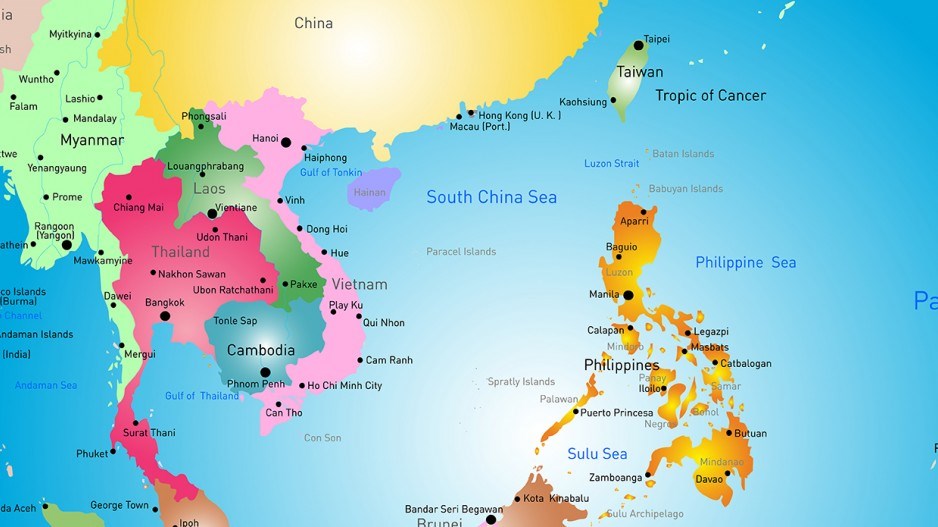It does not bode well for Southeast Asia’s efforts to form a region-wide economic and political community that China is determined to keep the 10 countries divided and subservient.
China’s foreign minister, Wang Yi, scored a significant victory in his divide-and-rule campaign at the end of last month when he persuaded three of the smaller members of the Association of Southeast Asian Nations (ASEAN), Cambodia, Laos and Brunei, to, in effect, support Beijing’s island-building in the South China Sea.
ASEAN has struggled to present a united front on the South China Sea issue. Efforts have stalled to produce a code of conduct for the behaviour of the littoral states in the face of China’s claims to own most of the sea, and its building of islands on shoals to house military outposts.
Vietnam, Malaysia and Brunei as well as the Philippines claim territorial waters and exclusive economic zones also claimed by China.
In February, ASEAN foreign ministers issued a rare joint rebuke to Beijing, saying China’s island-building and territorial claims “have eroded trust and confidence.”
But on April 24 in the Laotian capital, foreign minister Wang announced he had reached a consensus with Laos, Brunei and Cambodia that maritime disputes should be solved bilaterally and that they oppose using international law to resolve disagreements.
In June, the Permanent Court of Arbitration in The Hague is due to rule on a case brought by the Philippines claiming that China’s actions in the South China Sea flout international law. All the indications are that the court will side with the Philippines. China is speeding to provide itself with diplomatic cover so it does not appear to be a rogue state. And it is rushing to change the reality on the sea by building and arming islands.




